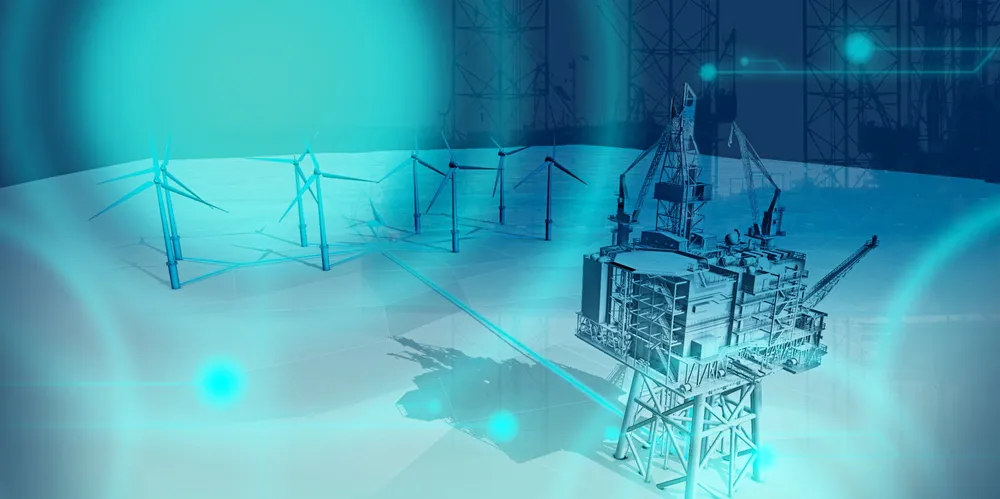UK body floats $1.35m for decarbonisation solutions as North Sea moves 'beyond oil & gas'
Oil & Gas Authority launches competition expected to major on offshore wind technology in push to slash emissions from existing hydrocarbon production off Britain
